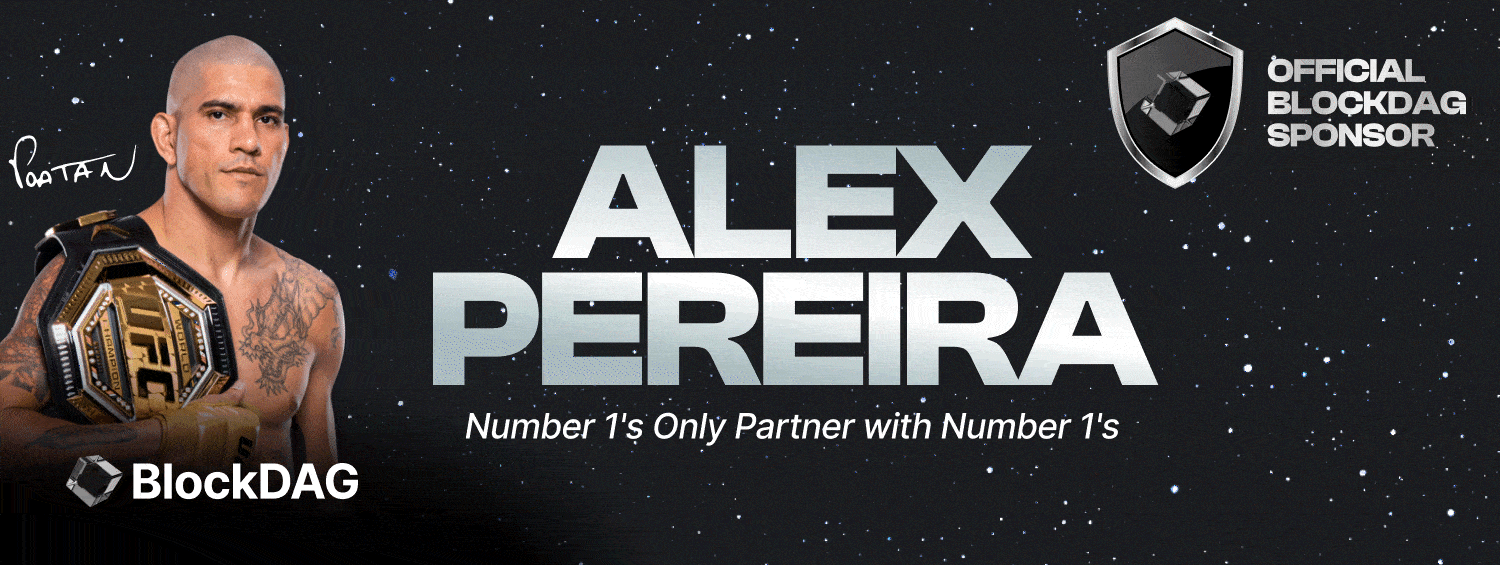
Explore how Ethereum ETFs differ from Bitcoin ETFs, including unique attributes, regulatory aspects, and market impact. Learn more here.
The Securities and Exchange Commission (SEC) recently approved a spot Ethereum ETF, bringing jubilation to the crypto community. This development follows the approval of Bitcoin ETFs which took place slightly over a year ago. Both approvals are important milestones for the digital assets, but the differences in processes and implications of Ethereum and Bitcoin ETFs are notable. Let’s explore the differences between these two significant approvals and their implications for the future of cryptocurrencies.
Breaking Down the Approval Processes
When the SEC gave a go a head for the operations of spot Bitcoin spot ETFs, the event was embedded in the history of the cryptocurrency world. The acceptance signaled Bitcoin’s shift from a specialized virtual asset to a commonly-used investment option.
Investors now have the opportunity to access Bitcoin through a regulated product, without requiring digital wallets or unregulated exchanges. This endorsement confirmed Bitcoin’s status as a valid asset category and established a model for upcoming cryptocurrency offerings.
Skipping ahead to May 2024, the SEC’s endorsement of spot Ethereum ETFs takes a different path. Despite being a significant milestone, Ethereum’s approval is overshadowed by continued discussions regarding whether it should be classified as a security.
In contrast to Bitcoin, Ethereum has faced regulatory challenges on its approval journey, which aligns with ongoing talks about regulating digital assets, indicating a more complex regulatory landscape.
Ethereum ETF vs Bitcoin: Market Reactions and Investor Sentiment
The market saw an instant and significant impact following the approval of Bitcoin ETFs. Bitcoin price increased dramatically, and the amount of trading rose as both institutional and individual investors showed interest in the innovative investment option.
This response highlighted Bitcoin’s position as a top digital asset and showed how cryptocurrencies can blend with conventional financial systems
Ethereum’s approval has similarly generated excitement, with Ethereum price rising beyond expectation. The potential introduction of Ethereum ETFs promises to broaden its investor base and enhance market credibility.

However, the exact timeline for these ETFs and the participants involved remain uncertain, creating a dynamic environment for ETH’s price and market behavior.
There were challenges in approving Bitcoin ETFs. The SEC investigated to prevent market manipulation and ensure investor protection. Bitcoin’s strong market presence and increasing attention from institutional investors were key factors in overcoming regulatory hurdles, despite the difficulties faced.
Ethereum ETF Unique Regulatory Landscape
The regulatory journey of Ethereum has been somewhat complicated. This is because, unlike Bitcoin, the wide range of applications offered by platform, has an ongoing debate on how to classify the ETH.
The complexity of Ethereum ecosystem which includes non-fungible tokens (NFTs) and decentralized finance (DeFi), is demonstrated by the approval of its ETF by the SEC. This decision shows the need for a more advanced regulatory approach in the changing world of digital assets.
Ethereum ETF vs Bitcoin: Implications for the Future
The acceptance of Bitcoin ETFs set an important standard for investing in cryptocurrencies. It showed that digital assets could be included in traditional financial products, opening the door to upcoming advancements and regulations in the industry.
On the other hand, the approval of Ethereum’s ETF highlights the increasing importance of its wide range of uses. Apart from simply being a digital asset, Ethereum’s participation in DeFi and NFTs showcases its ability to spark more innovation in the financial industry.
This approval may speed up integrations and developments, strengthening Ethereum’s significance in the changing crypto environment.
Looking Ahead: Challenges and Opportunities
The timing and authorization of these ETFs also indicate more general political and regulatory factors. As the regulatory landscape keeps changing, focusing on centralization and establishing strong frameworks will be crucial for maintaining the expansion and adoption of digital assets.
Conclusion
While both Ethereum and Bitcoin ETF approvals mark important milestones, their differing paths highlight unique aspects of each cryptocurrency’s journey toward mainstream acceptance. As the crypto market evolves, these approvals will play a pivotal role in shaping the future of digital asset investments and their integration into traditional financial systems.


























